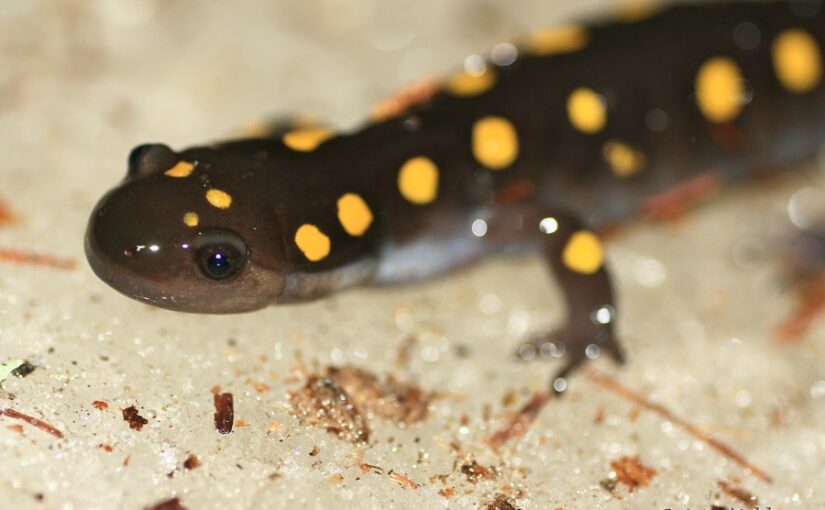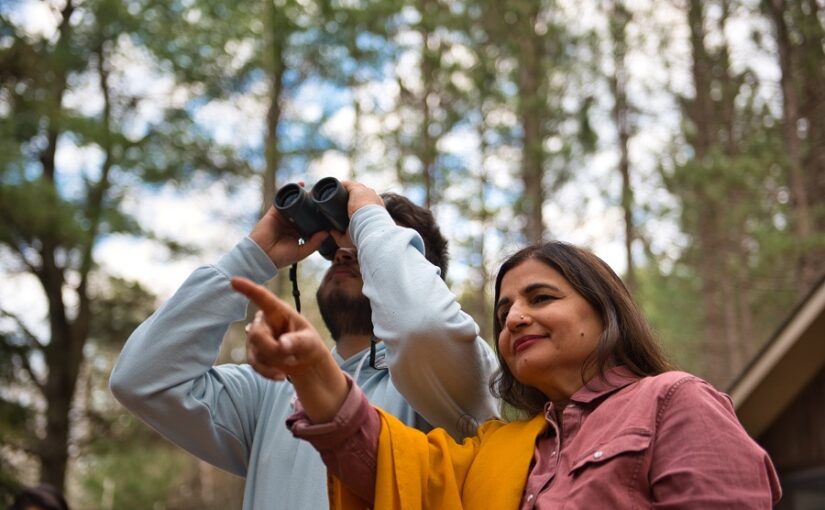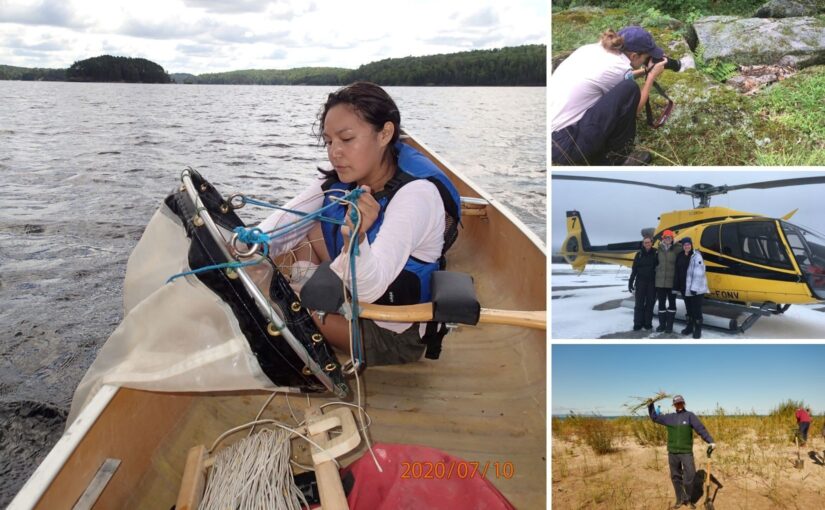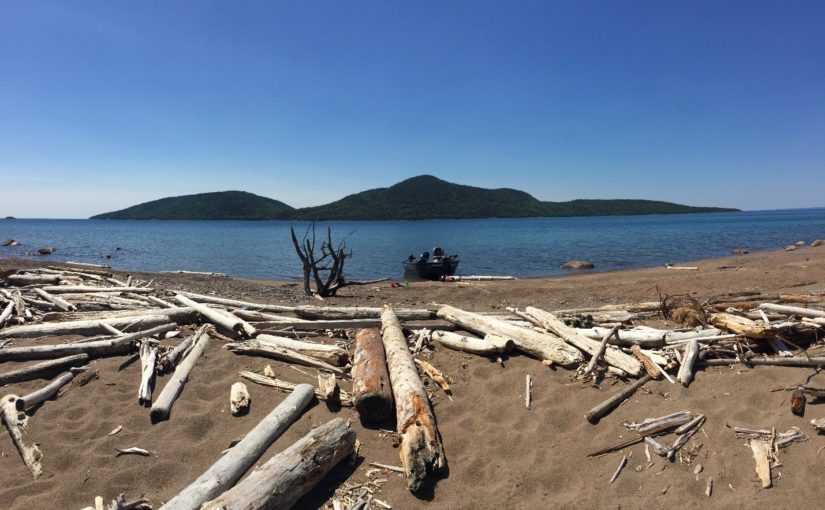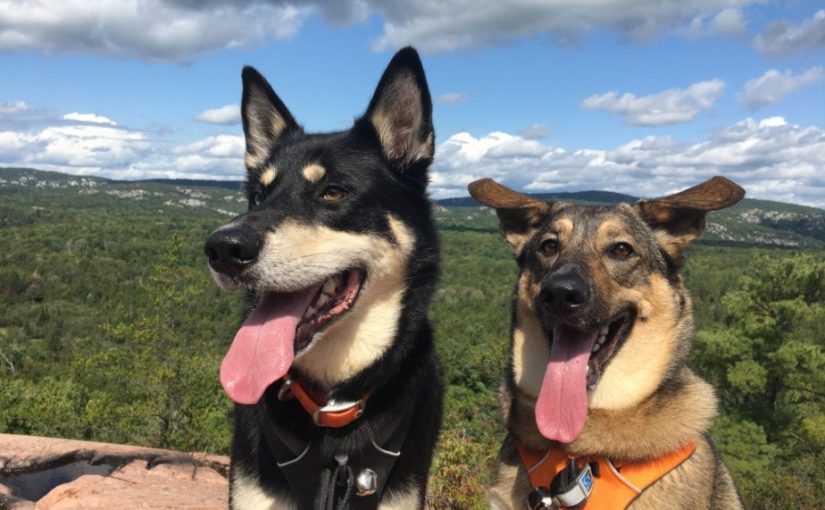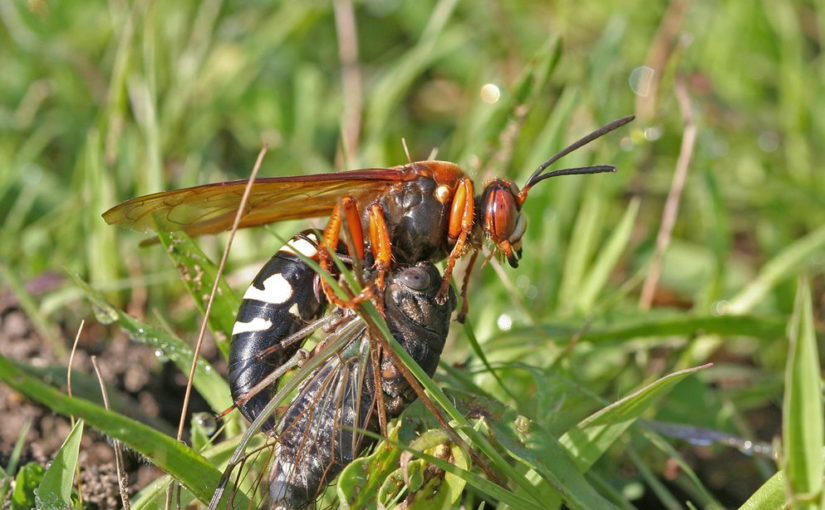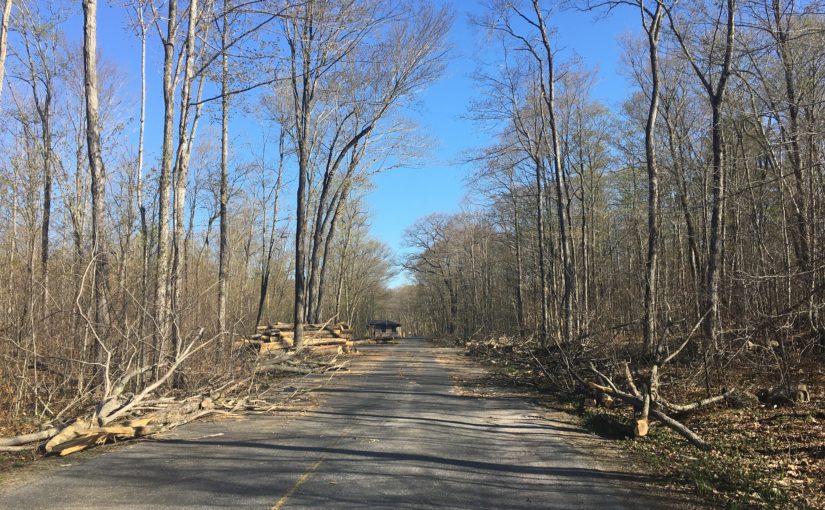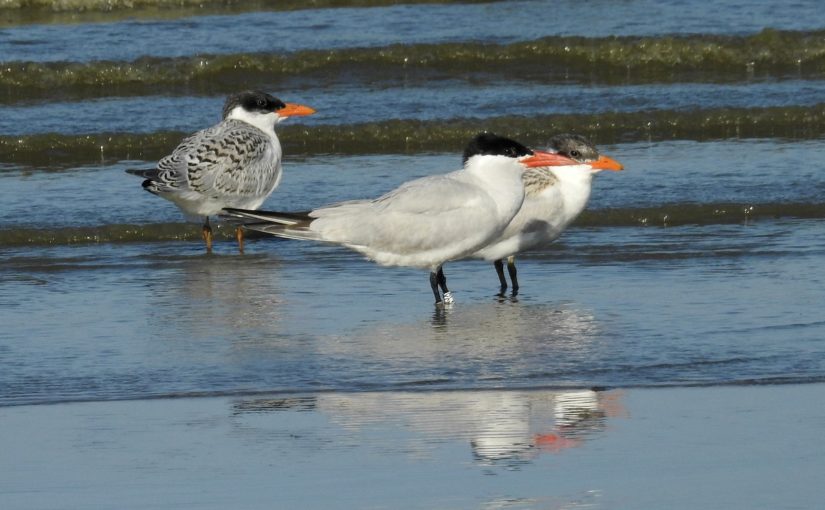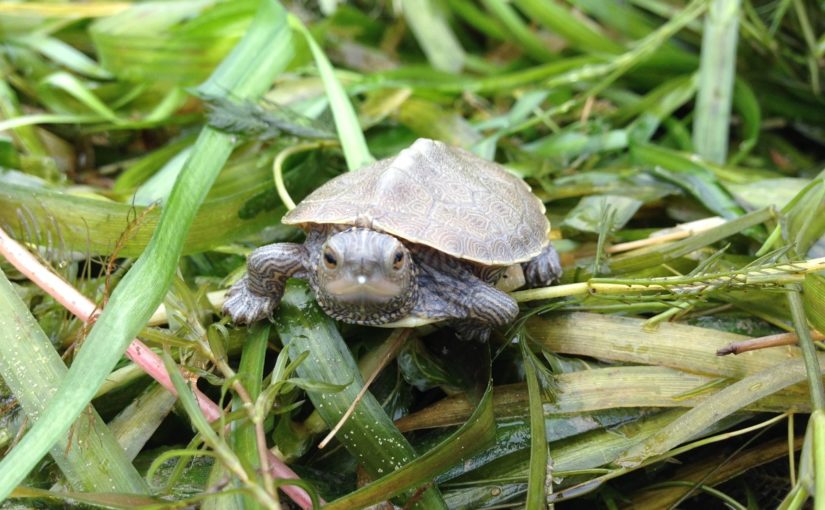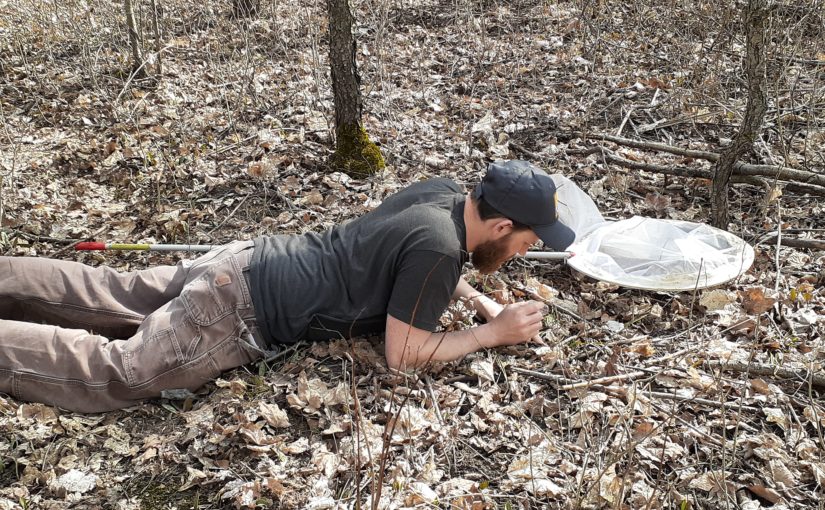Salamanders are iconic and influential members of northern forest communities. As one of the most abundant vertebrates in eastern North American forests, salamanders are considered “keystone species” because of their disproportionate roles as predators and prey in regulating food webs, nutrient cycling, and contributing to ecosystem resilience-resistance.
In addition to fulfilling key ecological functions, amphibians are our modern-day “canaries in the coal mine,” serving as a measure of environmental health.
Continue reading The Spotted Salamander, harbinger of spring
